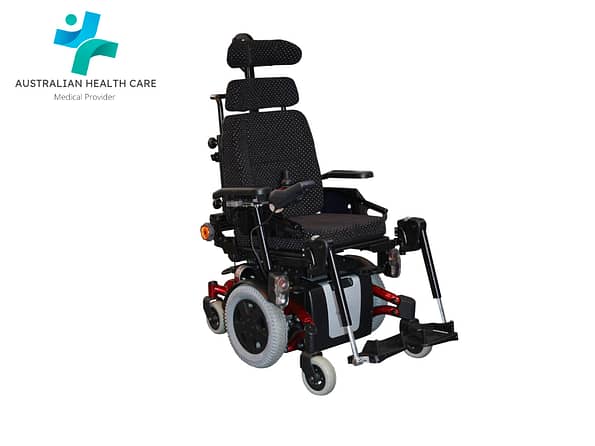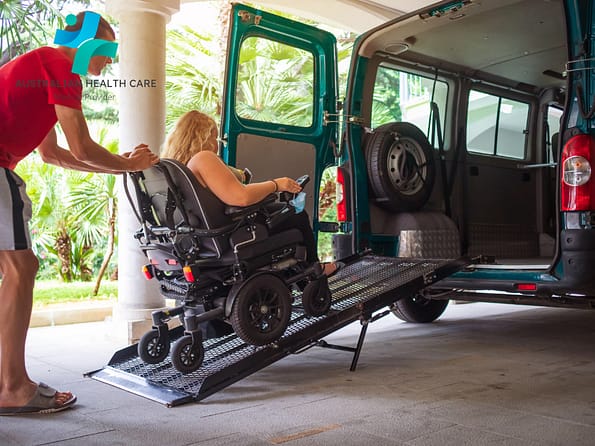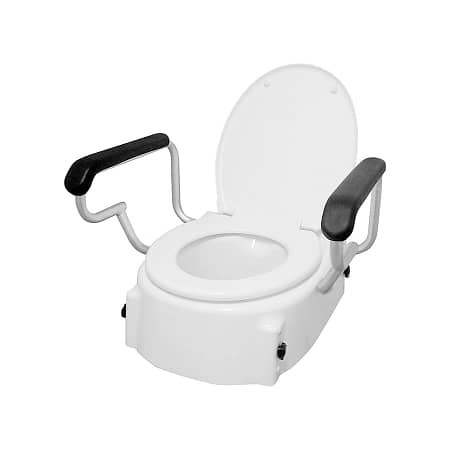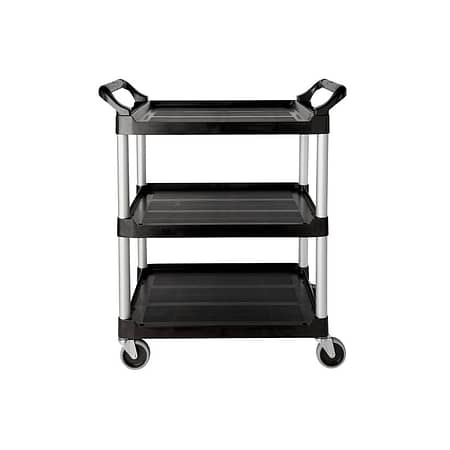Medical chair cushions are integral to health care australia, especially for individuals who spend prolonged periods sitting, such as those with mobility issues or office workers. These cushions are designed to provide necessary support, enhance comfort, and prevent the development or exacerbation of pain-related conditions. In medical settings, they play a crucial role by aiding in the rehabilitation of patients and helping maintain proper posture that aligns the spine and distributes weight evenly.
Why is Proper Seating Important for Pain Management?
Proper seating is crucial for pain management as it directly influences postural alignment, which is fundamental to minimizing stress on the musculoskeletal system. Inadequate seating can lead to poor posture, which exacerbates chronic conditions like back pain, sciatica, and other musculoskeletal disorders. Medical chair cushions help correct seating posture by providing support where it’s most needed, such as the lumbar region, thus reducing pain and preventing further injury.
Types of Pain Alleviated by Medical Chair Cushions
Which Common Pain Conditions Benefit from Medical Chair Cushions?
Medical chair cushions are particularly beneficial for individuals suffering from lower back pain, sciatica, coccydynia (tailbone pain), and hip pain. They are also advantageous for those who have undergone surgeries or who suffer from pain related to prolonged periods of sitting or underlying health conditions like arthritis.
How Do Cushions Impact Conditions Like Lower Back Pain and Sciatica?
For conditions like lower back pain and sciatica, medical chair cushions provide critical support to the lumbar area, helping to maintain an ergonomic posture and distribute body weight evenly. This reduces pressure on the spine and helps to alleviate nerve tension in the lower back, which is a primary contributor to sciatic pain. The correct cushion can significantly impact daily comfort, reducing pain levels and improving overall mobility.
Features of Medical Chair Cushions That Aid in Pain Relief

What Features Should You Look for in a Pain-Relieving Medical Cushion?
When selecting a medical chair cushions for pain relief, look for features such as ergonomic design, which supports the natural curve of the spine, and high-quality materials like memory foam that adapt to the shape of the body and provide consistent support without flattening out over time. Additional features might include breathable fabrics that help maintain a comfortable temperature and non-slip bases that ensure the cushion stays in place.
Materials and Technologies Used in Effective Medical Chair Cushions
The most effective medical chair cushions often use memory foam or gel-infused memory foam as they conform to the body’s contours and provide personalized support. Some cushions incorporate advanced technologies such as cooling gels that help manage heat retention, making them comfortable for long-term use. Others might feature layered constructions or specialized cut-outs to alleviate pressure on sensitive areas like the coccyx or hip bones.
Choosing the Right Medical Chair Cushion for Pain Management
How to Select the Right Cushion for Your Specific Pain Needs?
Choosing the right medical chair cushion involves considering the specific pain issues you face and the amount of time spent seated each day. For instance, if tailbone pain is a concern, a cushion with a coccygeal cutout may be ideal. It’s also important to consider the height and firmness of the cushion, as these factors will affect how well it can align your spine and relieve pressure points.
Guidelines for Matching Cushion Types to Pain Conditions
- Lower Back Pain: Opt for cushions with robust lumbar support.
- Sciatica: Choose cushions that promote pelvic alignment to relieve pressure on the sciatic nerve.
- Coccydynia: Cushions with a cut-out at the rear to reduce pressure on the tailbone are preferred.
Proper Use of Medical Chair Cushions for Optimal Benefits
Best Practices for Using Medical Chair Cushions in Daily Settings
To maximize the benefits of medical chair cushions, it’s important to use them consistently in environments where you spend significant time sitting. Place the cushion on your chair so that it fits snugly against the backrest to provide full support to the lumbar region. Ensure the cushion is aligned with your hips to promote proper posture and distribute your weight evenly.
Adjusting Your Cushion for Maximum Pain Relief and Comfort
Adjust your medical chair cushion periodically to find the most comfortable position that relieves pressure points effectively. For those with lower back pain, the cushion should support the curve of the lumbar spine. For tailbone pain, adjust the cushion to alleviate pressure from the coccyx. It may take a few adjustments to find the optimal position that provides both comfort and support.
Integrating Medical Chair Cushions into Health Care Routines

Incorporating Medical Cushions in Home and Workplace Settings
Medical chair cushions should be incorporated into both home and workplace environments to ensure continuous support and pain management throughout the day. For home use, place cushions on dining chairs or living room seats where you spend a lot of time. In the workplace, adapt your office chair with a medical cushion to maintain posture and reduce the risk of strain or injury.
Advice from Health Care Australia on Consistent Use for Pain Management
Health Care Australia recommends making the use of medical chair cushions a regular part of your health care routine. Consistent use helps to prevent the development of new pain issues and manages existing conditions effectively. It’s also advised to have multiple cushions if you frequently switch between different sitting environments to maintain continuous support.
Maintenance Tips for Medical Chair Cushions
How to Maintain and Care for Your Medical Cushion to Ensure Longevity
To ensure the longevity of your medical chair cushion, regularly inspect it for signs of wear and tear such as sagging or flattening. Rotate the cushion occasionally to distribute wear evenly. Avoid exposure to direct sunlight for prolonged periods, which can degrade the materials over time.
Cleaning and Storage Tips for Hygiene and Durability
Most medical chair cushions come with removable covers that can be machine washed. Clean the cover according to the manufacturer’s instructions, typically using a gentle cycle with mild detergent. For the cushion itself, use a damp cloth for spot cleaning. Ensure the cushion is completely dry before putting the cover back on. Store the cushion in a cool, dry place when not in use to prevent moisture buildup and mold growth.
Conclusion
Looking ahead, innovations in medical cushion design promise even greater benefits. Advancements in materials, such as memory foam and gel, offer improved support and comfort. Technological enhancements like temperature control and adjustable firmness settings are also on the horizon, allowing for personalized comfort that can adapt to the user’s body and preferences over time.





















